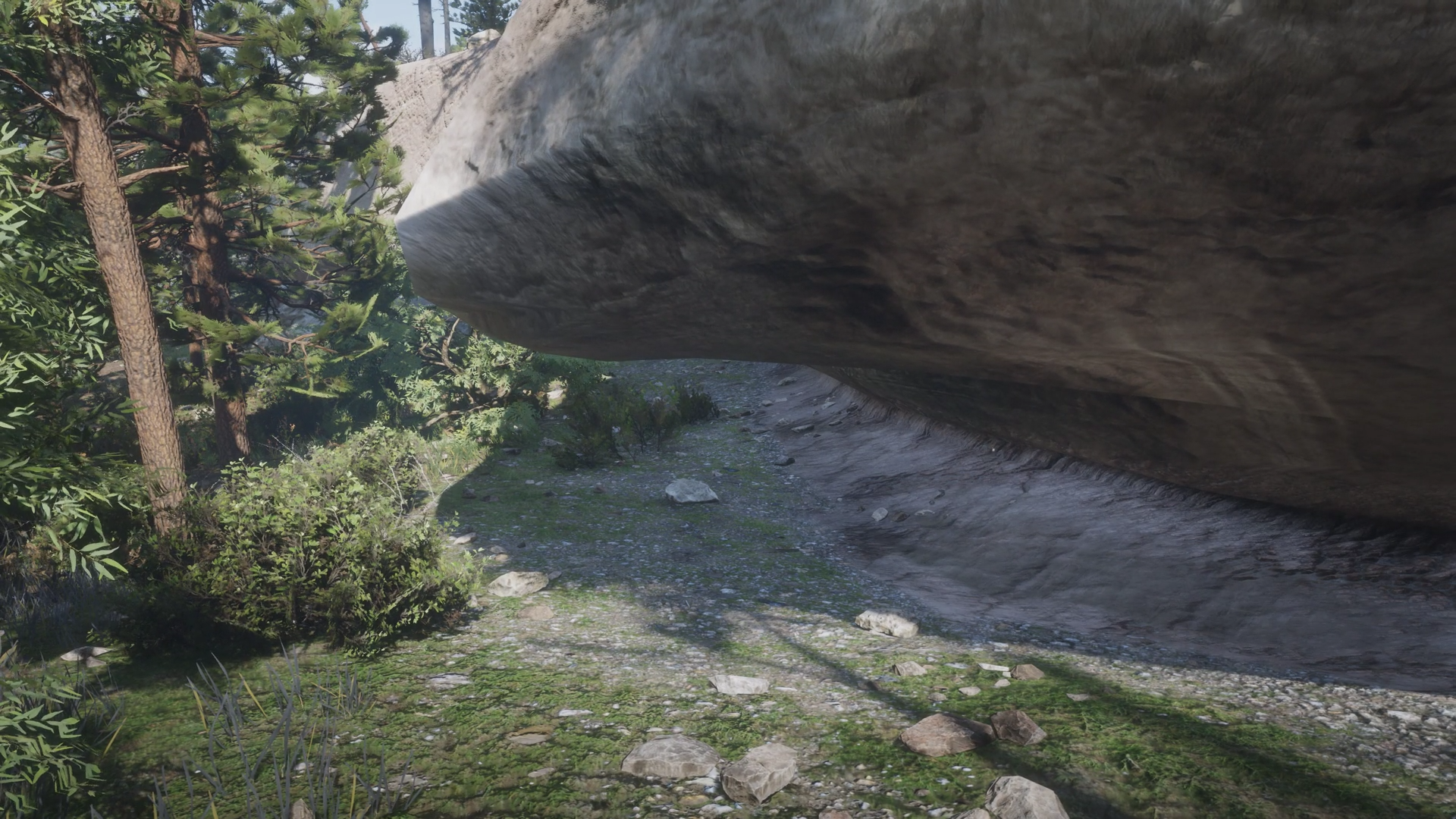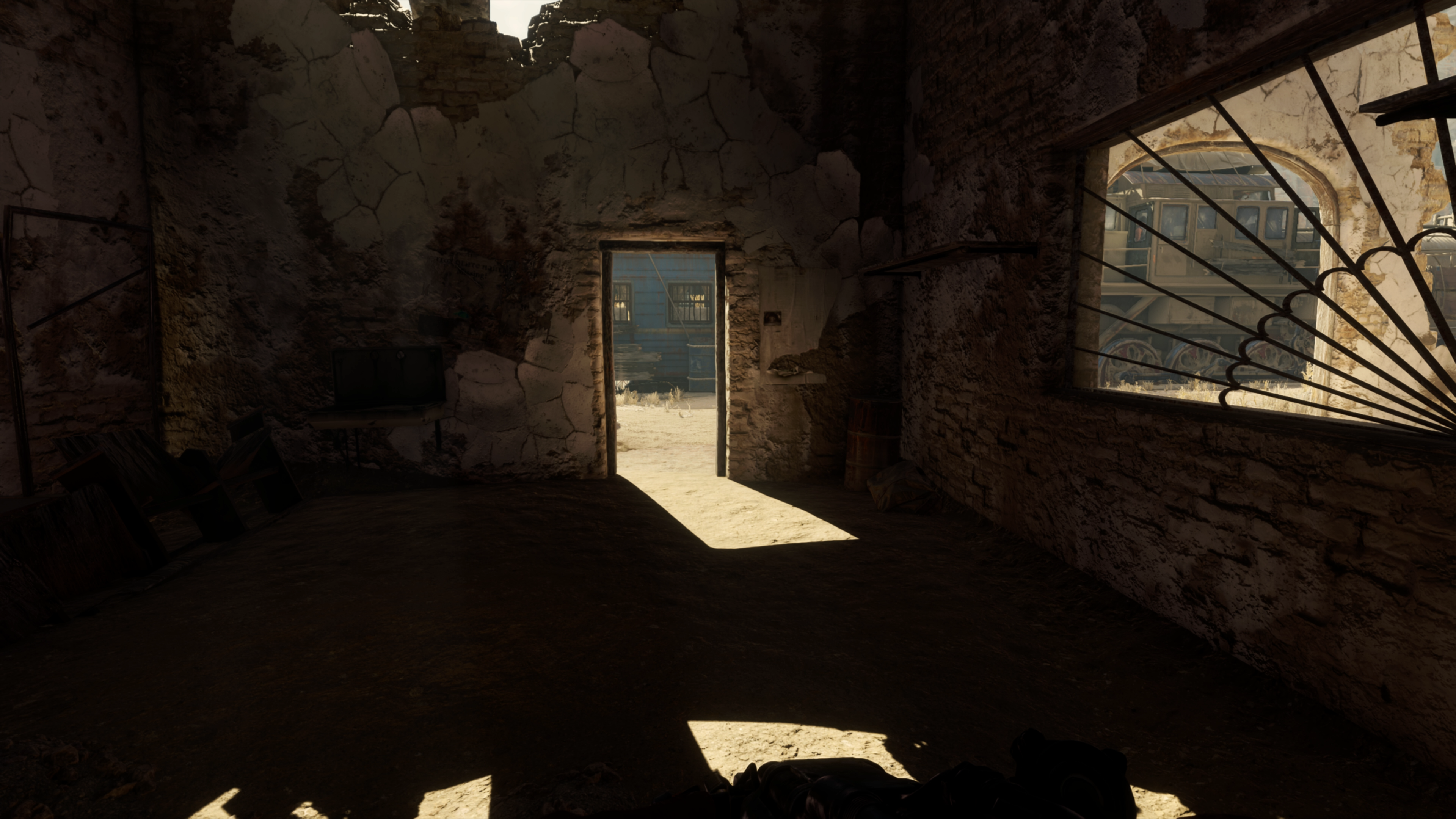My video is going up on this tomorrow - as well as two interviews with the developers about the game engine and the ray tracing implementation.
As to why DXR being off looks so "bad" in some scenes when you direct comparison, you have to contextualise what the game is and what it is doing. It has a real-time time of day and very very large levels. So no baking out lightmaps... Games that rely on real-time methods tend to generally look pretty bad in overhanging areas in shadow to be honest. It is the part modern game rendering that generally looks very flat and floaty and where lighting has very incorrect local directionality usually.
Also, the basic GI as found in non-raytraced versions of Metro Exodus is actually not technically incompetent as some are suggesting here. You can read about it and more the interviews we will have.
As to why DXR being off looks so "bad" in some scenes when you direct comparison, you have to contextualise what the game is and what it is doing. It has a real-time time of day and very very large levels. So no baking out lightmaps... Games that rely on real-time methods tend to generally look pretty bad in overhanging areas in shadow to be honest. It is the part modern game rendering that generally looks very flat and floaty and where lighting has very incorrect local directionality usually.
Also, the basic GI as found in non-raytraced versions of Metro Exodus is actually not technically incompetent as some are suggesting here. You can read about it and more the interviews we will have.










